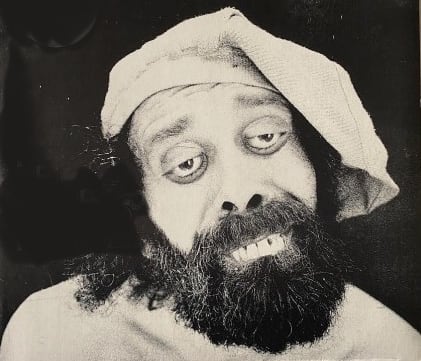The origin of all reality
Abstract: The incommensurable strangeness of the origin forces us to create commensurables to dress this ultimate shamelessness. What separates the true from the imaginary? The ability to “listen to oneself think” tends to make us project thought out of reality. There is a ‘material’ world and another ‘virtual’ one, which each of us invents for … Read more










